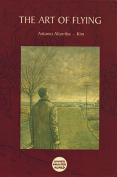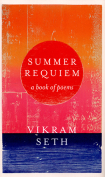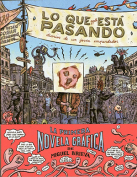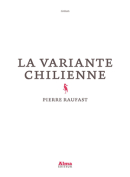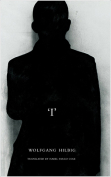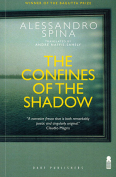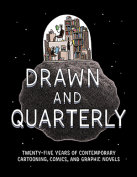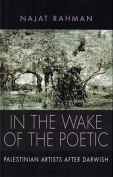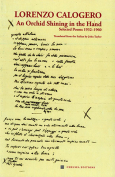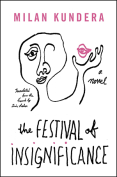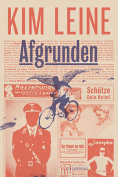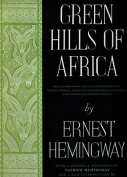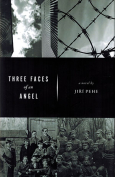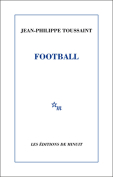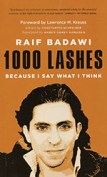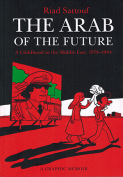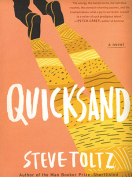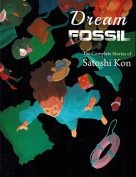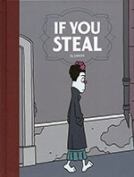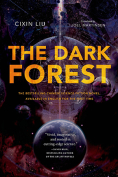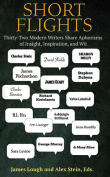Short Flights: Thirty-Two Modern Writers Share Aphorisms of Insight, Inspiration, and Wit
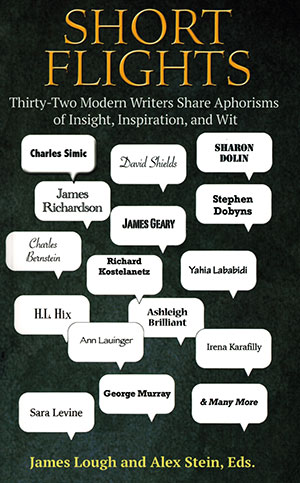 Tucson, Arizona. Schaffner Press. 2015. 239 pages.
Tucson, Arizona. Schaffner Press. 2015. 239 pages.
We live in a time of brevity. From the truncated language of text messages to the popularity of the 140-word tweet, we have lost our patience for extended intellectual observation. This anthology seeks to bring forth the literary importance of a shorter genre often overlooked: the aphorism. Not quite poetry, and definitely not prose, this little figure is something we encounter daily. It may be on a T-shirt or a bumper sticker, an advertisement, or on a meme making the rounds on the Internet. These little bursts of wit, as James Lough writes, “see more deeply than most of us usually dare”; an aphorism “seduces, surprises, and sinks in.”
Short Flights seeks to explicate the form, history, and practice of the aphorism as well as inject contemporary tidbits into the collective literary psyche. Most of us are familiar with the quips of Oscar Wilde and the memorable one-liners from the endless plays of William Shakespeare. So much work is done with so few words. Editors James Lough and Alex Stein have collected thirty-two contributions by a variety of writers for this project, including poet Charles Simic. Each writer offers a narrative of his or her relationship to, and experience with, aphorisms. Variations of the aphorism are included as well, like the parable, and forms that many may not be familiar with: the greguería and the Irish bull. Definitions and examples follow each, in the same manner in which a book of poetic form might instruct an emerging poet to understand and practice formal structures.
Perhaps the most interesting element of the collection is the exegesis for the project, which is discussed at length in the afterword by Sara Levine, “When Very Little Is Required in the Classroom: On Teaching the Long-Winded Writer to Write Short.” This section offers insight and ideas for teaching the aphorism in a college composition classroom, where the expectation has long been to instruct students to write essays that may be anywhere from five to twenty-five pages in length. Even in colleges, we may experience the instruction of brevity more so than in the past. So in a time where the Victorian three-volume novel has lost popularity, the penetrating effectiveness of the aphorism continues to thrive.
Sarah Warren
University of North Texas
